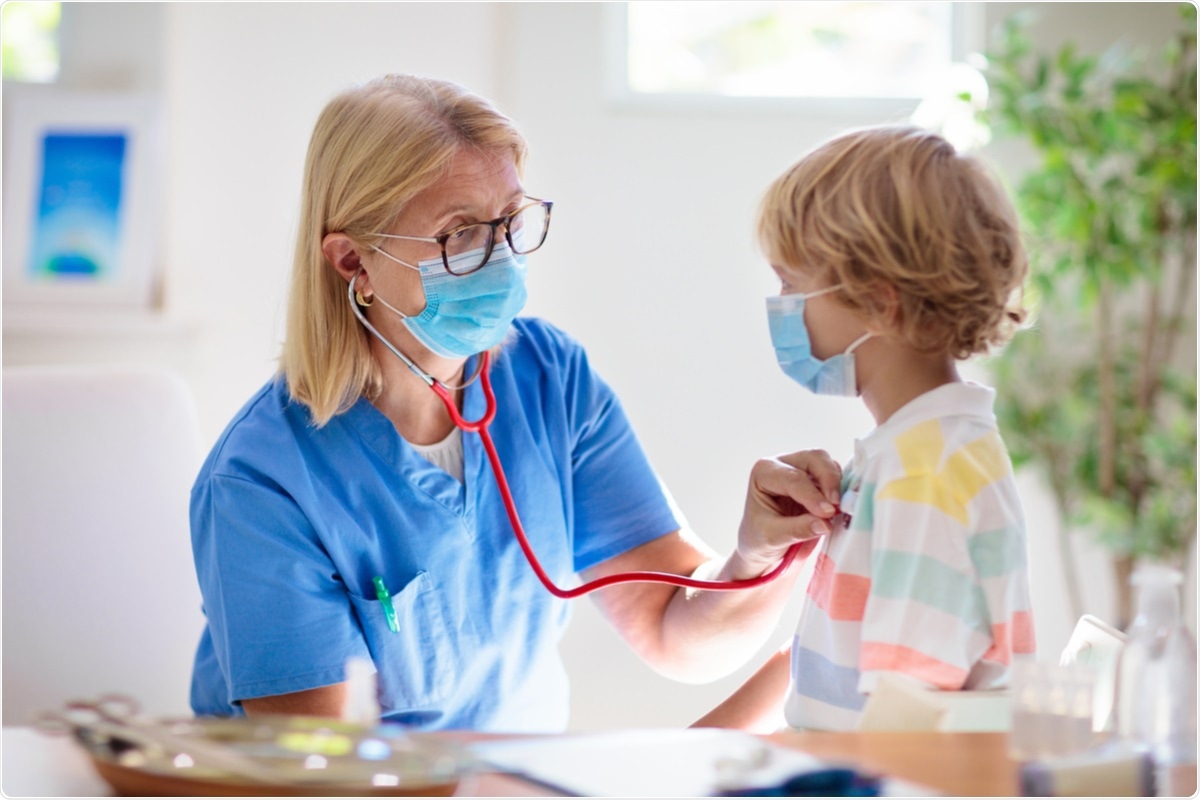Studies have shown that children can experience post-viral syndromes after a severe acute respiratory syndrome coronavirus 2 (SARS-CoV-2) infection. However, the extent to which children are affected by this long COVID syndrome in which symptoms can continue for over 12 weeks is unclear. Currently available evidence is limited to selective clinical populations with no control groups, and hence estimating the overall prevalence and disease burden in a general pediatric population is not possible.

Analyzing long COVID symptoms in children and adolescents with a 6-month follow-up after serological testing
Researchers from Switzerland recently analyzed long COVID symptoms in children and adolescents with a 6-month follow-up based on their SARS-CoV-2 serology. A longitudinal cohort analysis, the Ciao Corona study investigated SARS-CoV-2 seroprevalence and case clustering among ~2500 children from 55 primary and secondary schools in Zurich, Switzerland. The team has released their study as a preprint on the medRxiv* server.
They completed three testing phases between June 2020 and April 2021 and collected venous blood for serological analysis, and gathered symptom-related information using online questionnaires. They compared children who were positive for SARS-CoV-2 antibodies during October/November 2020 with children who tested negative for the antibody.
Overall, 1355 of 2503 children with a serology result in October/November 2020 and follow up questionnaire in March/April 2021 were included."
A total of 256 children who tested negative in October/November 2020 and who seroconverted or were not re-tested by March/April 2021 were not included in the analysis. In March-May 2021, the authors examined the presence of symptoms since October 2020 that lasted at least four weeks and persisted for either >4 or >12 weeks. In total, 1,355 of 2,503 children with a serology result in October/November 2020 and completed follow-up questionnaire in March/April 2021 were included in the study.
Results show that seropositive children did not report long COVID more frequently compared to seronegative children
The results of the analysis showed that among seropositive and seronegative 6-16-year-old children and adolescents, 9% vs. 10% had at least one symptom beyond four weeks, and 4% vs. 2% reported at least one symptom beyond 12 weeks. None of the seropositive children were hospitalized after October 2020. All seropositive children had a history of pauci-symptomatic SARS-CoV-2 infection and did not report long COVID more frequently compared to seronegative children.
The study's findings indicate a very low prevalence of long COVID in a randomly selected pediatric population who were followed up for over six months after serological testing. However, SARS-CoV-2 infection severity, different reporting methodologies, case definitions, varying follow-up times, and pre-existing clinical conditions are some of the factors that likely contribute to the difference in long COVID reported in children.
According to the authors, longitudinal data on large population-based samples will help better understand the potential impact of long COVID on health-related quality of life of children and their daily activities.
Strengths of our study include the large, representative, randomly selected sample of school children and inclusion of a population-based seronegative control group that could be ensured thanks to the longitudinal design."
*Important Notice
medRxiv publishes preliminary scientific reports that are not peer-reviewed and, therefore, should not be regarded as conclusive, guide clinical practice/health-related behavior, or treated as established information.
- Thomas Radtke, Agne Ulyte, Milo A Puhan, Susi Kriemleret et al. (2021) medRxiv preprint server. Long-term symptoms after SARS-CoV-2 infection in school children: population-based cohort with 6-months follow-up. Short Report. doi: https://doi.org/10.1101/2021.05.16.21257255, https://www.medrxiv.org/content/10.1101/2021.05.16.21257255v1
Posted in: Child Health News | Medical Science News | Medical Research News | Healthcare News
Tags: Adolescents, Antibodies, Antibody, Blood, Children, Coronavirus, Coronavirus Disease COVID-19, Pandemic, Pediatrics, Respiratory, SARS, SARS-CoV-2, Serology, Severe Acute Respiratory, Severe Acute Respiratory Syndrome, Syndrome

Written by
Susha Cheriyedath
Susha has a Bachelor of Science (B.Sc.) degree in Chemistry and Master of Science (M.Sc) degree in Biochemistry from the University of Calicut, India. She always had a keen interest in medical and health science. As part of her masters degree, she specialized in Biochemistry, with an emphasis on Microbiology, Physiology, Biotechnology, and Nutrition. In her spare time, she loves to cook up a storm in the kitchen with her super-messy baking experiments.
Source: Read Full Article


